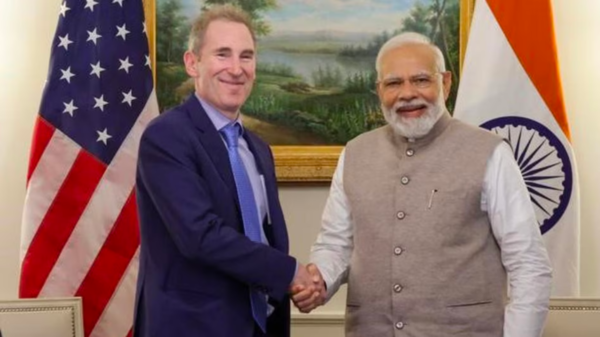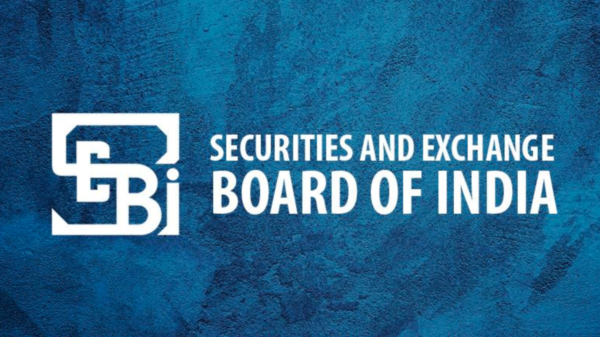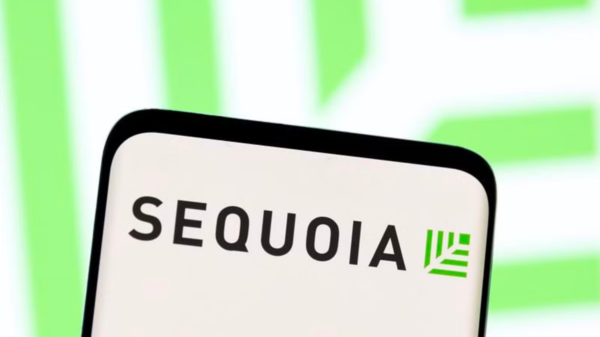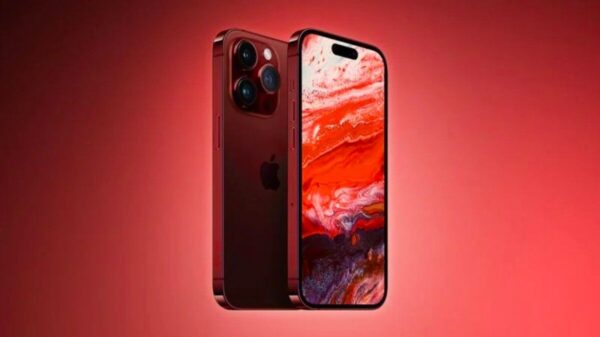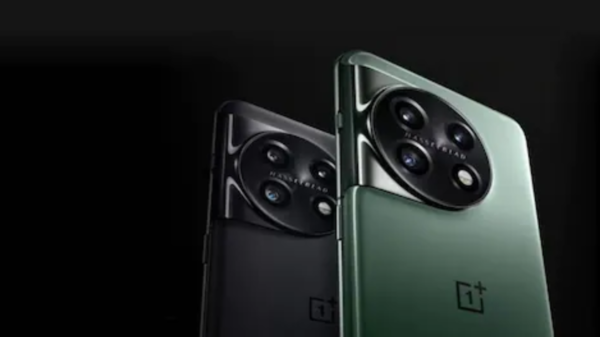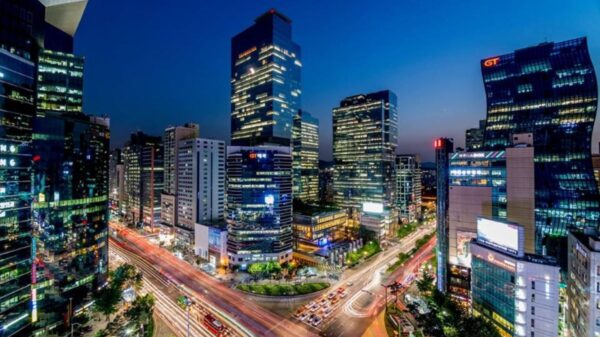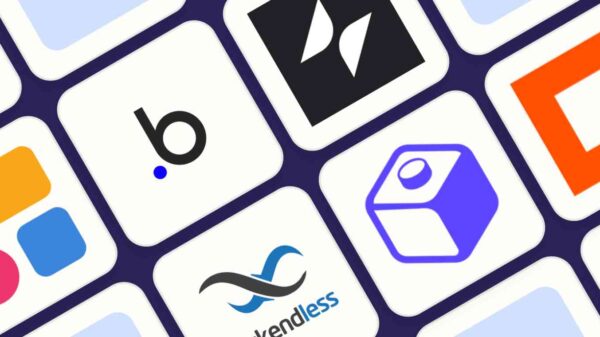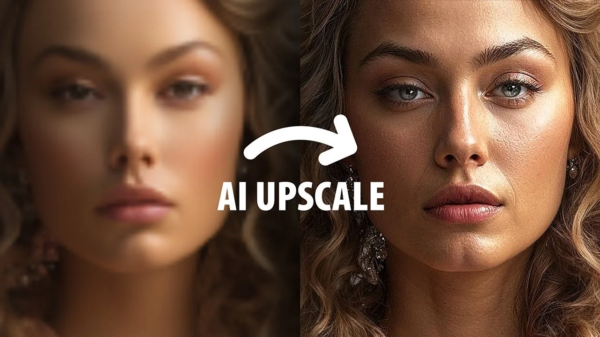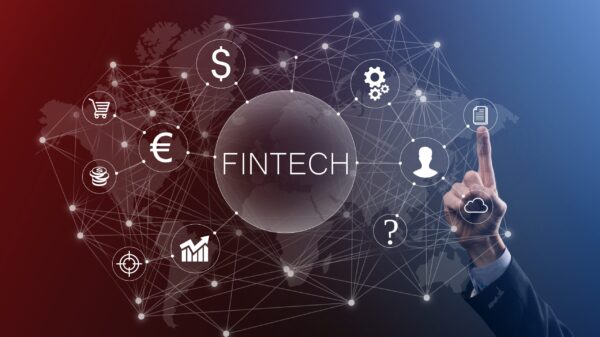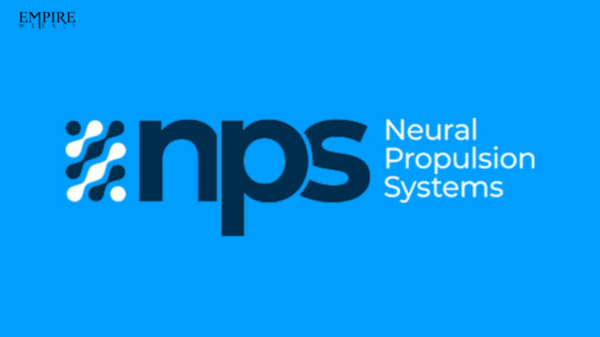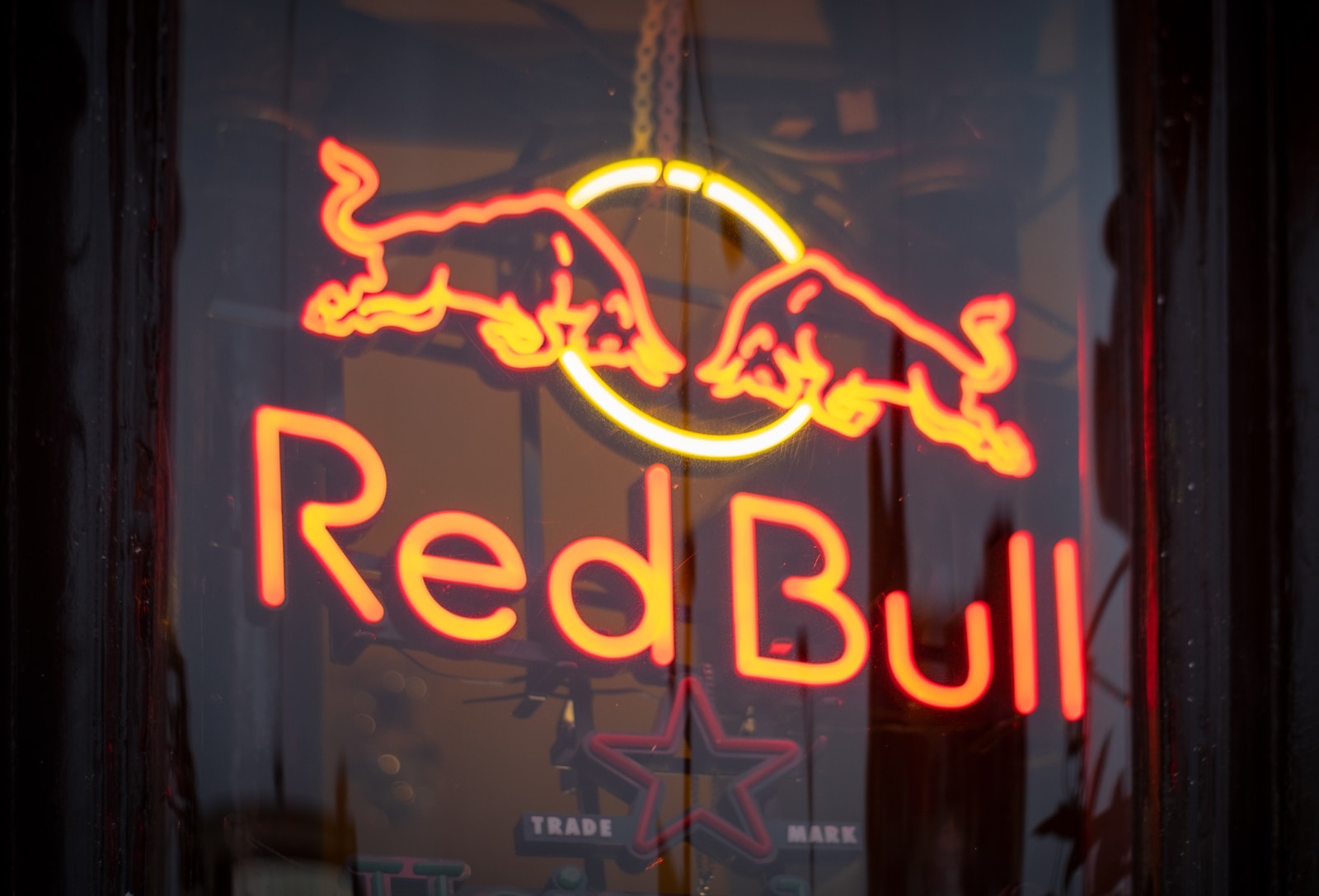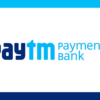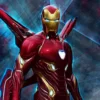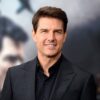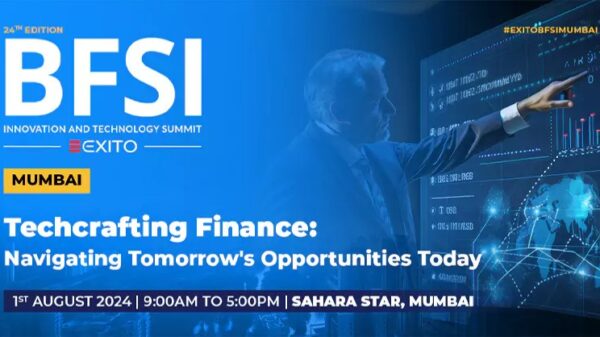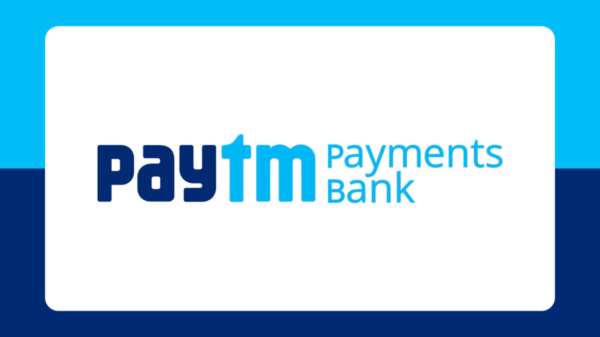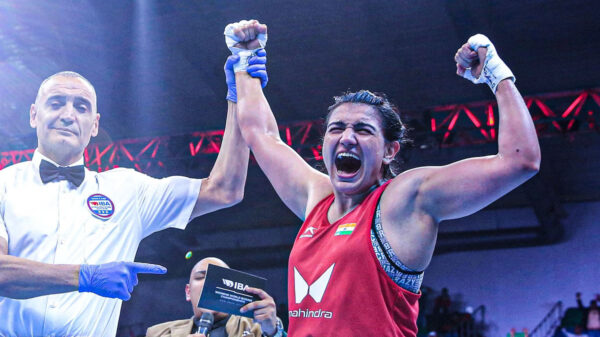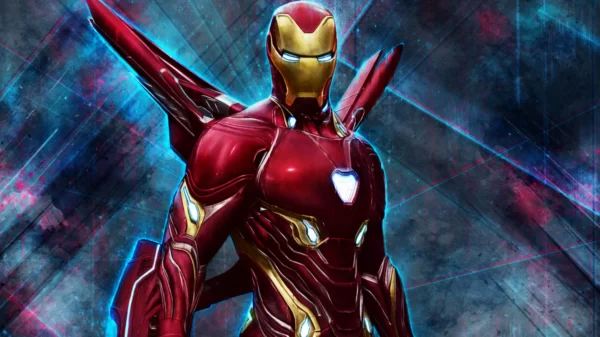What are the first words that spring to mind when you think about Red Bull? It’s possible that Adventure or Extreme Sports, as well as the legendary Blue Silver cans, will be highlighted. The success of Red Bull in terms of sports sponsorship, marketing, and branded content is admirable. There are few brands that have such strong ties to adventure sports as Red Bull.
Dietrich Mateschitz founded Red Bull in the mid-1980s after being inspired by functional beverages from the Far East. On April 1, 1987, he debuted Red Bull Energy Drink in Austria, not just with a new product but also with a distinctive marketing approach. Energy drinks were born as an entirely new product category.
Dietrich Mateschitz worked on the Red Bull formula, as well as the brand’s positioning, packaging, and marketing strategy, for over three years, from 1984 to 1987. Red Bull Energy Drink made its debut in Austria on April 1, 1987. Energy drinks spawned a new product category. Red Bull had 13,610 employees in 172 countries as of the end of 2021, (end 2020: 12,618 in 171 countries). In 2021, a total of 9.804 billion cans of Red Bull were sold around the world, up 24.3 percent from the previous year’s record-breaking performance. From EUR 6.307 billion to EUR 7.816 billion in turnover, the company increased by 23.9 percent.
Sales, revenue, productivity, and operating profit all increased, making this the strongest year in the company’s history.
Outstanding sales in nearly every Red Bull market across the world, combined with exceptionally efficient cost management and continued brand investment, are the major reasons for such great results.
The marketing strategy of Red bull
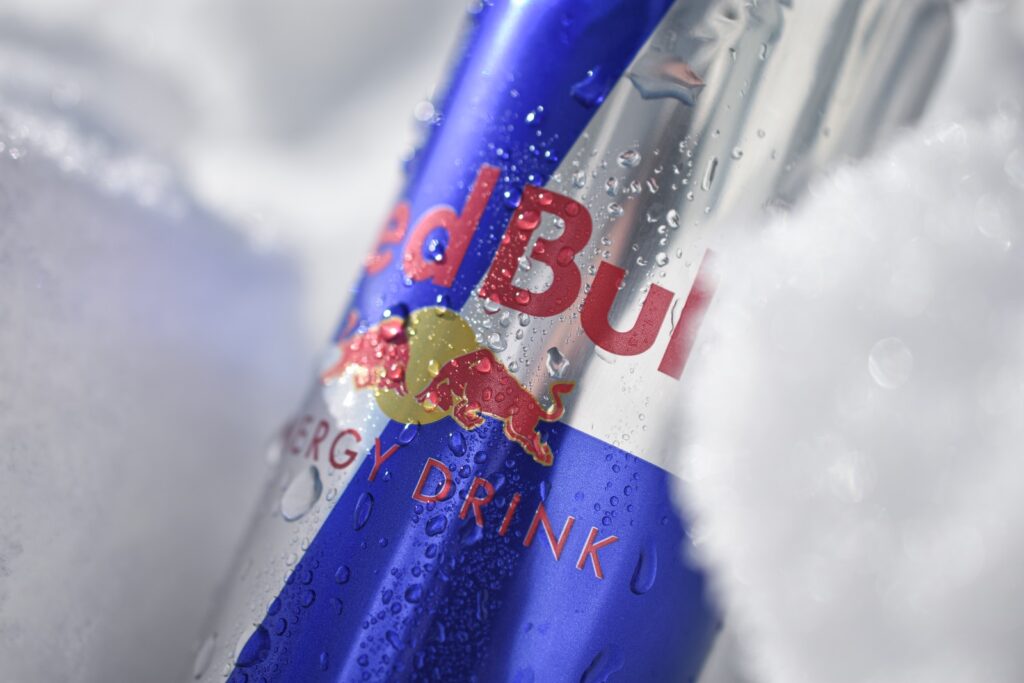
Energy drinks didn’t exist at the time, and traditional advertising was too expensive. As a result, Red Bull decided to break away from the group and take a different tactic. So, exactly what did they do? They just went to their target demographic at college parties, libraries, coffee shops, bars, and other gathering spots.
They put the goods right in the hands of their viewers by providing free samples. That got their audience talking, and they earned free advertising for their goods. They continue to use the same tactic today: they go where their audience is. They’ll do whatever it takes, whether it’s funding a music event or producing high-quality culture content.
While they’re active on a variety of channels and employ a variety of strategies, it all boils down to one concept: generating content and experiences that people would be interested in even if they weren’t interested in energy drink companies. They’ve become one of the most talked-about brands in the world by going above and beyond to develop content that rivals large publishers pull off mind-blowing events, and more.
To begin with, the brand promoted itself by endorsing extreme activities. Second, it created excellent sports material that was distributed across multiple platforms. Third, it staged incredible public relations stunts. All of these helped the brand achieve its current market domination. But then we know where it all started, right? College parties, coffee shops, clubs, pubs, and libraries were all places where the audience could be found. Every complimentary bottle of the drink increased the company’s reach, sales, and advocacy.






